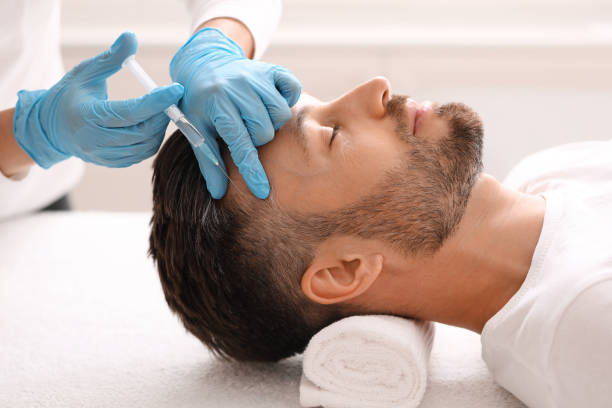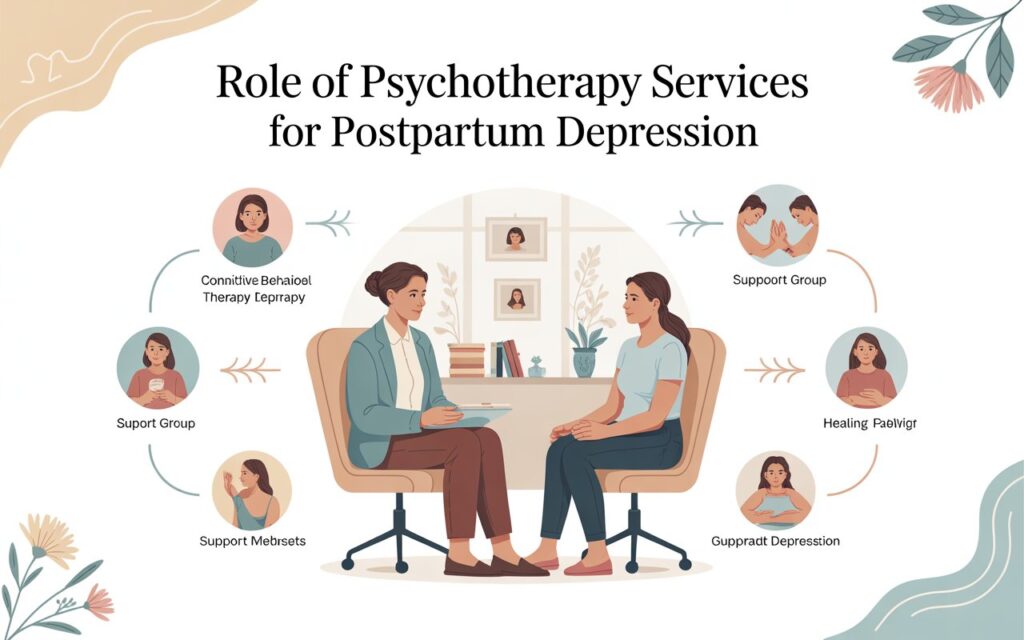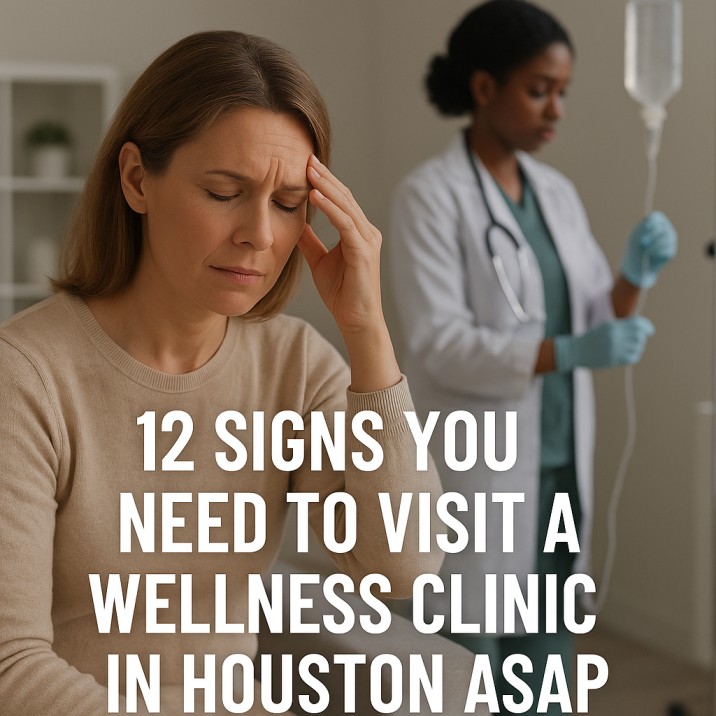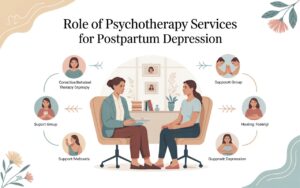Hair loss is a common issue that affects millions of people worldwide, and there are various treatments available to address it. One of the most popular options in recent years is Platelet-Rich Plasma (PRP) therapy, which is known for its non-surgical, minimally invasive approach. However, it’s natural to wonder whether PRP hair treatment is more effective than other available treatments. In this blog, we will compare PRP hair treatment in Islamabad to other common hair loss solutions and explore which one might be the best fit for you.
What is PRP Hair Treatment?
PRP, or Platelet-Rich Plasma, is a natural treatment that uses your own blood to promote hair growth. The procedure involves drawing a small amount of your blood, processing it in a centrifuge to concentrate the platelets, and then injecting the PRP into the scalp. These platelets contain growth factors that help to rejuvenate hair follicles and stimulate new hair growth.
Other Hair Loss Treatments
While PRP therapy is gaining popularity, it’s not the only solution available for individuals with hair loss. Here are some of the most common treatments used to combat hair thinning and receding hairlines:
1. Hair Transplants
Hair transplants are one of the most effective long-term solutions for hair loss, especially for individuals with advanced baldness. The procedure involves moving hair follicles from one part of the scalp (usually the back or sides) to areas where hair is thinning or has completely fallen out.
While hair transplants provide permanent results, they are more invasive and expensive than PRP therapy. The recovery time can also be longer, and there may be some discomfort or swelling post-procedure. However, hair transplants are ideal for people with significant hair loss who want a permanent solution.
2. Minoxidil (Rogaine)
Minoxidil is a topical solution that is applied directly to the scalp to help prevent hair loss and stimulate new hair growth. It is one of the most common over-the-counter treatments for hair loss.
Minoxidil works by improving blood circulation to the scalp, which helps nourish the hair follicles. It can be effective for people with early stages of hair thinning, but it may not work as well for those with more advanced hair loss. Additionally, it requires ongoing use to maintain results, and some users experience side effects such as scalp irritation.
3. Finasteride (Propecia)
Finasteride is an oral medication that works by blocking the production of dihydrotestosterone (DHT), a hormone that contributes to hair loss. By reducing DHT levels, finasteride can slow down hair loss and promote hair regrowth.
Finasteride is effective for many men, but it may have side effects, such as decreased libido or erectile dysfunction, which can deter some individuals from using it. It also requires long-term use to maintain results, and once you stop the treatment, hair loss may resume.
4. Laser Hair Therapy
Low-Level Laser Therapy (LLLT) uses light to stimulate hair follicles and promote hair growth. The laser light penetrates the scalp, improving blood circulation and stimulating the follicles to enter the active growth phase.
LLLT is a non-invasive treatment with minimal side effects. However, its effectiveness may vary, and it often requires consistent use over several months to see noticeable results. It is more effective in individuals with early-stage hair thinning and may not be as successful for those with advanced hair loss.
Comparing PRP Hair Treatment to Other Options
Now that we have a good understanding of various hair loss treatments, let’s compare PRP hair treatment in Islamabad to the other methods in terms of effectiveness, safety, cost, and recovery time.
Effectiveness
PRP therapy is most effective for individuals who are in the early stages of hair loss or have mild to moderate thinning. It works by stimulating dormant hair follicles and promoting natural regrowth. The results are gradual and may take several months to become noticeable. For people with more advanced baldness, PRP can still improve hair density and quality, but it may not fully restore the hairline.
Hair transplants, on the other hand, provide a more permanent and dramatic solution, especially for individuals with significant hair loss. The success rate is high, and the results are long-lasting. However, hair transplants are only suitable for those with sufficient donor hair and require more invasive procedures.
Minoxidil and finasteride can be effective for some individuals, particularly those in the early stages of hair loss. However, these treatments need to be used consistently and may not work for everyone. Additionally, they don’t address the underlying cause of hair loss but rather manage the symptoms.
Laser therapy is less invasive than a hair transplant but may take a long time to show results, and its effectiveness varies depending on the individual’s condition.
Safety
PRP hair treatment is a safe procedure with minimal risk, as it uses the patient’s own blood, reducing the risk of allergic reactions or infections. Side effects are typically mild and may include redness or swelling at the injection sites, which usually subside after a few hours.
Hair transplants are generally safe but can carry risks such as infection, scarring, and graft failure. Minoxidil and finasteride have been used safely by many individuals, but they may have side effects, particularly for men who experience sexual dysfunction with finasteride. Laser therapy is non-invasive and considered safe with minimal side effects.
Cost
PRP therapy is generally more affordable than hair transplants, though it requires multiple sessions to see significant results. The cost varies depending on the clinic and the extent of treatment required. Hair transplants are more expensive, with the cost depending on the number of grafts needed. Minoxidil and finasteride are affordable and can be purchased over the counter or through a prescription, but they require long-term use. Laser therapy can also be a cost-effective option for those looking for a non-surgical treatment.
Recovery Time
PRP therapy has a quick recovery time, with most individuals resuming their normal activities immediately after the procedure. There may be mild redness or swelling, but this typically fades within a few hours.
Hair transplants have a longer recovery time, with swelling, bruising, and some discomfort in the first few days. It can take a few weeks to fully recover, and the final results can take up to a year to fully develop. Medications like minoxidil and finasteride do not require any recovery time, as they are simply applied or taken daily. Laser therapy requires no downtime and can be done alongside other treatments.
Conclusion: Which is Best for You?
There is no one-size-fits-all answer when it comes to choosing the best hair loss treatment, as it depends on factors such as the stage of your hair loss, your personal preferences, and your budget. PRP hair treatment in Islamabad offers an effective, non-invasive solution for many individuals experiencing early-stage hair loss. However, for more advanced cases, a hair transplant may be the best option for permanent results.
If you’re looking for a safe, affordable, and effective treatment for your hair loss, SKN Cosmetics Clinic is here to help. Our team of experts offers personalized solutions tailored to your unique needs and goals. Whether you’re interested in PRP therapy or other advanced treatments, we’ll help you achieve the hair restoration results you deserve.
For more information, visit SKN Cosmetics Clinic and schedule a consultation today!









